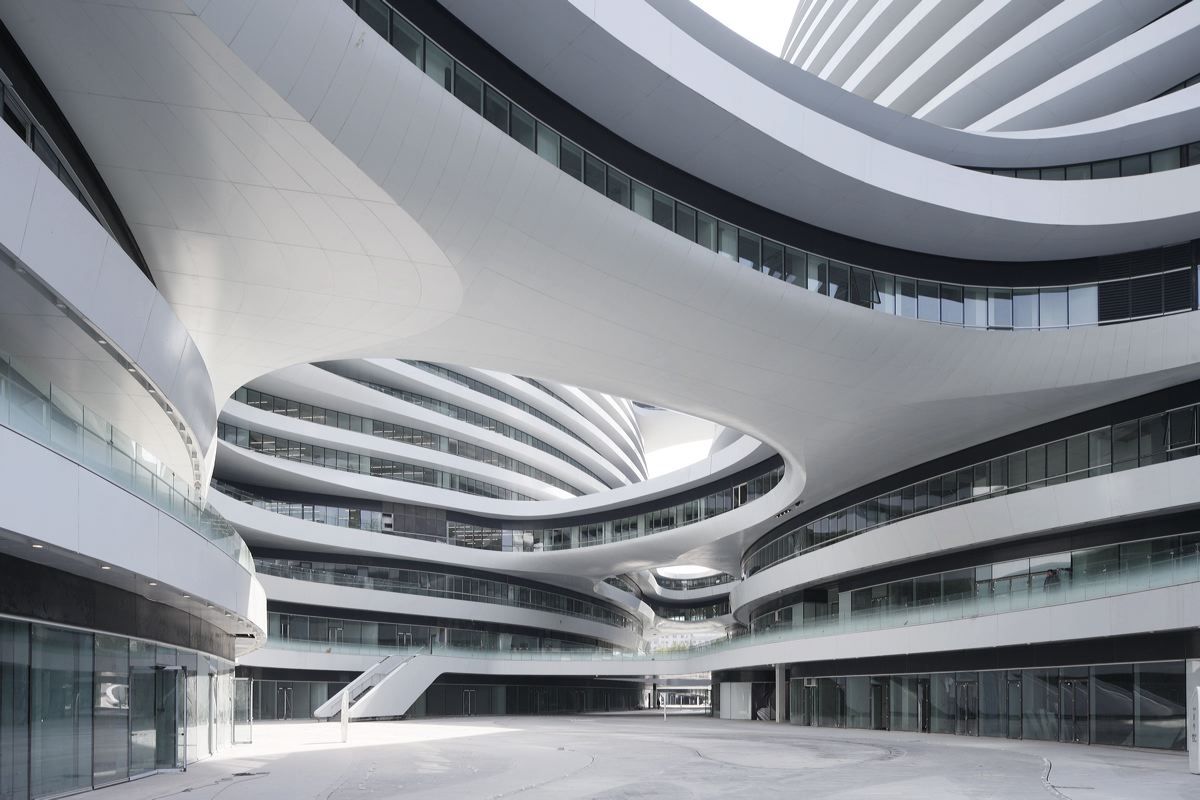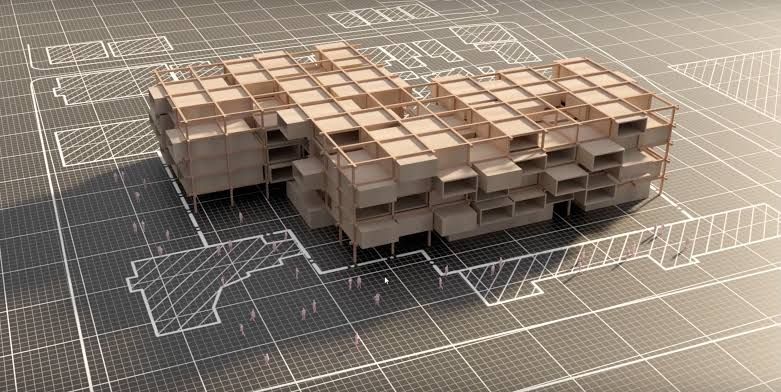Streaming Now – Novatr’s story on The Indian Edtech Story, only on Jio Hotstar.
PROGRAMS
Join thousands of people who organise
work and life with Novatr.
Direct Modelling vs Parametric Modelling: Which is the Better Choice for Designers?
Thet Hnin Su Aung
9 mins read
May 28
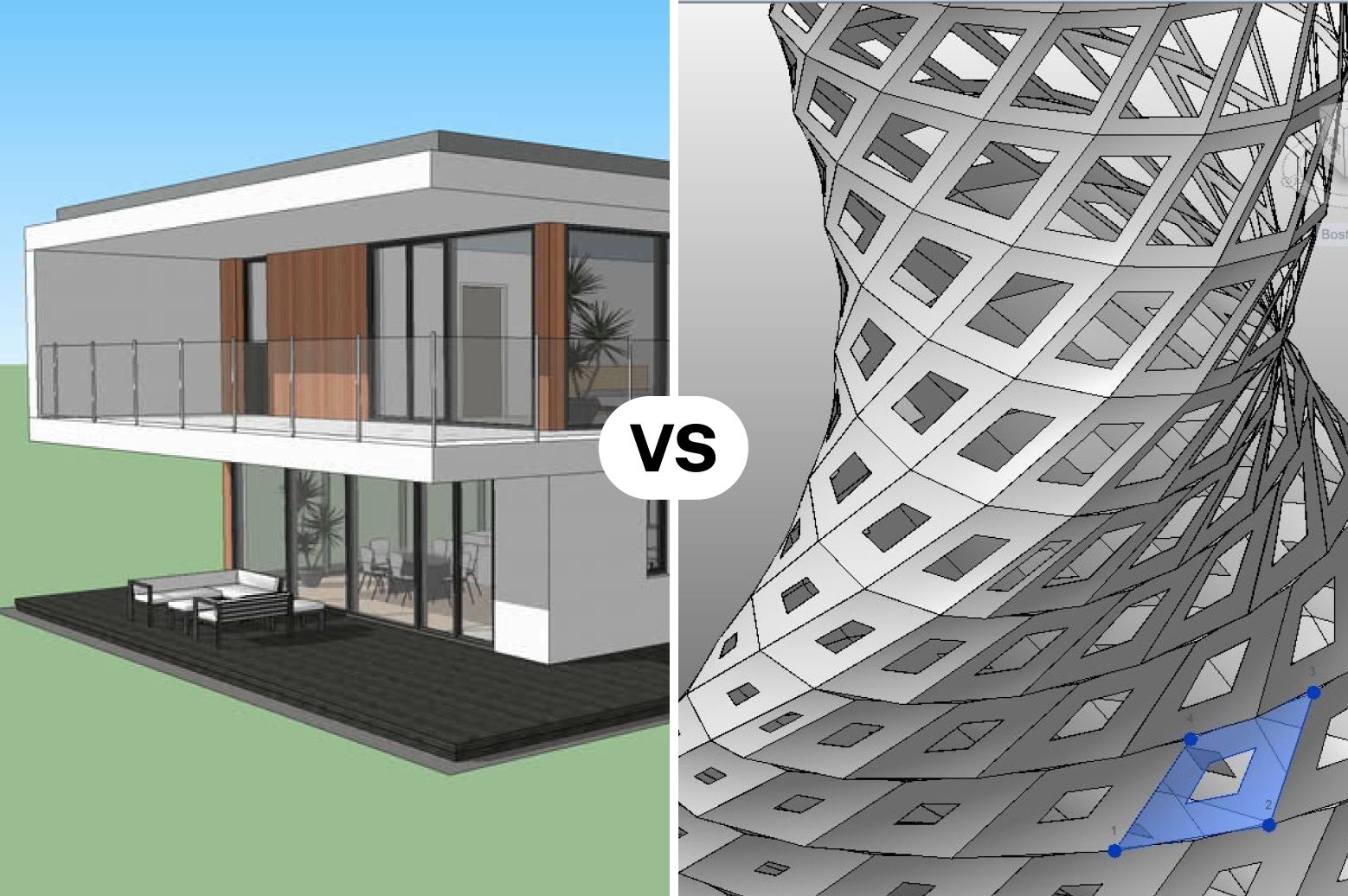
Direct Modelling vs Parametric Modelling - The Concepts
What is Parametric Modelling?
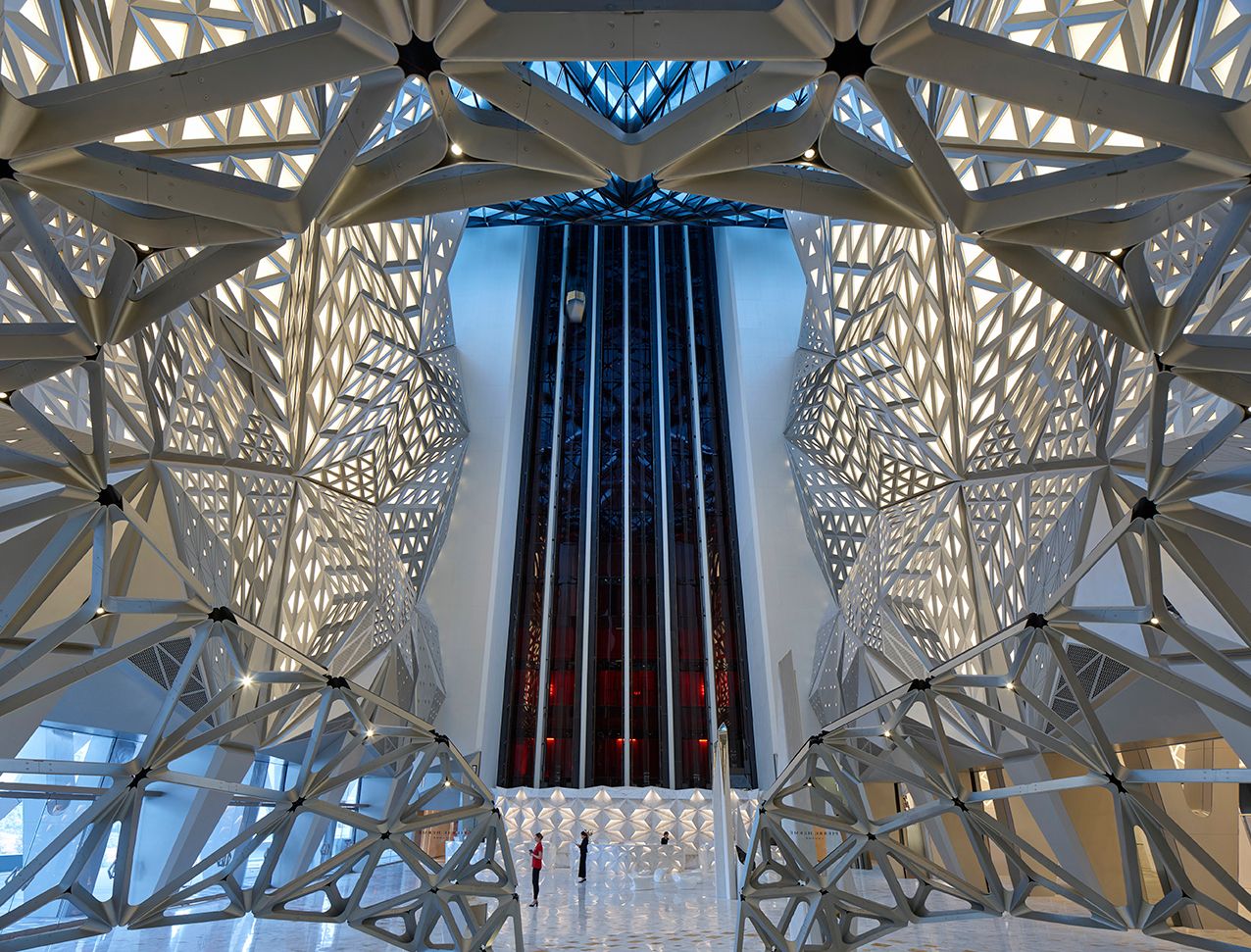
The interiors of Morpheus Hotel by ZHA (Source: https://www.zaha-hadid.com/)
Parametric modelling refers to a modelling process wherein the 3D model is created using algorithms or parameters set up in a computational or programming script. All model elements are in relation to each other in a parametric model.
Parameters are characteristics or attributes defining such relationships and are associated with one another that when a parameter is modified, all adjacent parameters will also change automatically. For example, when the wall is modified (let’s say height or depth increased), the ceiling attached to it will also move along as it is related to the wall. The process happens with a programming script defining the relationship between design intent and the output model.
In tools like Grasshopper, the script is written through visual programming in sequences and connected in nodes rather than a conventional programming language. Modelling is not all it can do; we can even use visual programming to study environmental elements and come up with an optimized design.
Algorithmic Thinking
When we create models parametrically, it becomes necessary to apply algorithmic thinking to design. Parametric design, in fact, any computational design, focuses on the process rather than the final output.
Algorithmic thinking is to automate problem-solving processes by developing a logical and systematic step-by-step approach. The output design is based on the defined inputs, and this process is replicable as it follows a sequential design approach. In simple words, we use algorithmic thinking to present design solutions based on a logical sequence that is replicable by both humans and computers.
How can we learn parametric modelling effectively? Read our article on how algorithmic thinking can help us make full use of computational design tools.
What is Regular 3D Modelling (or Direct Modelling)?
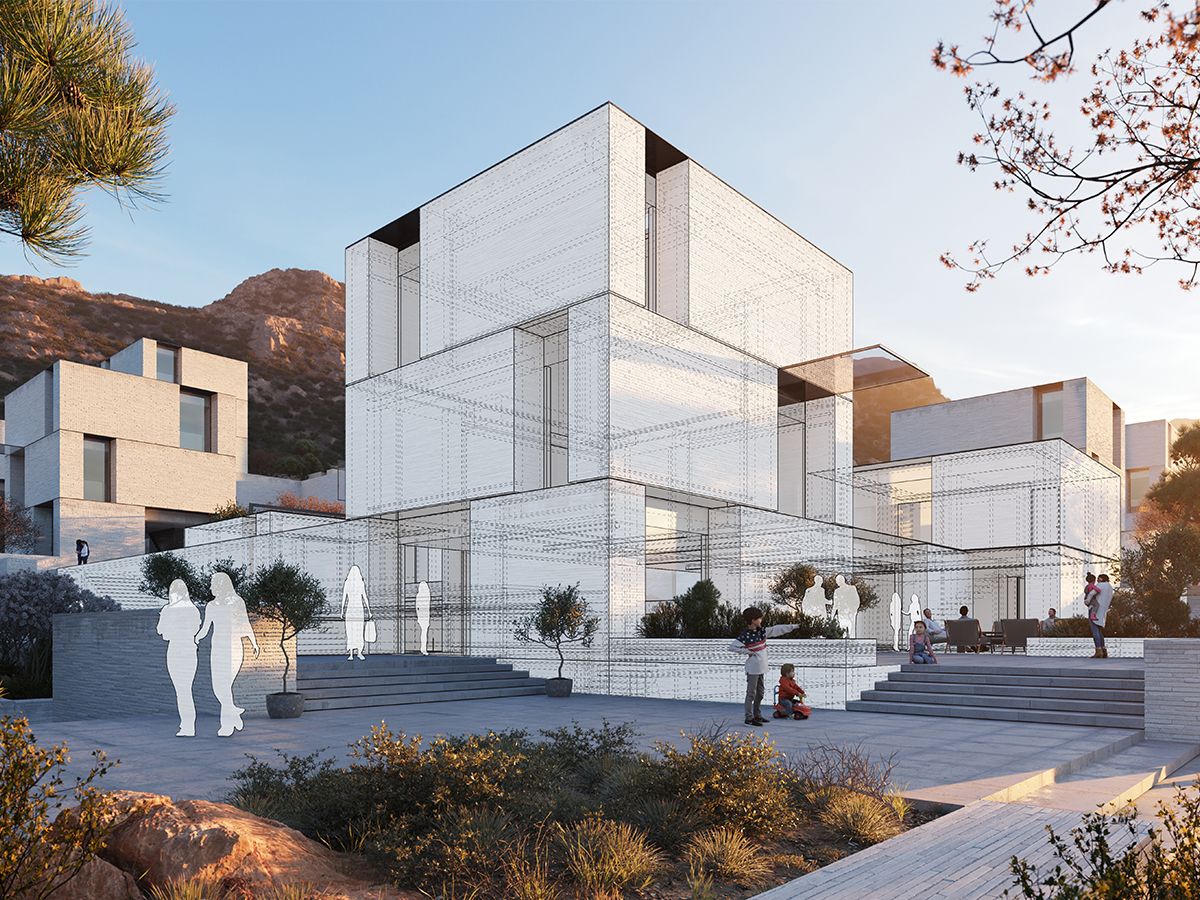
Modelling in Sketchup (Source: https://www.sketchup.com/)
When parameters do not define a model, it is called direct modelling, also referred to as regular 3D modelling. Free of algorithms and constraints, this process works simply by manipulating the geometry. It is also referred to as non-history based modelling since it does not require any linear sequence of commands to model. With direct modelling, the resulting geometry is what matters, not the process of creation.
Some of the most common direct modelling tools include Sketchup and Revit, which only allows such modelling technique as their base feature. However, parametric modelling is feasible by using plugins for Revit and Sketchup.
The Performance Perks
Parametric Modelling
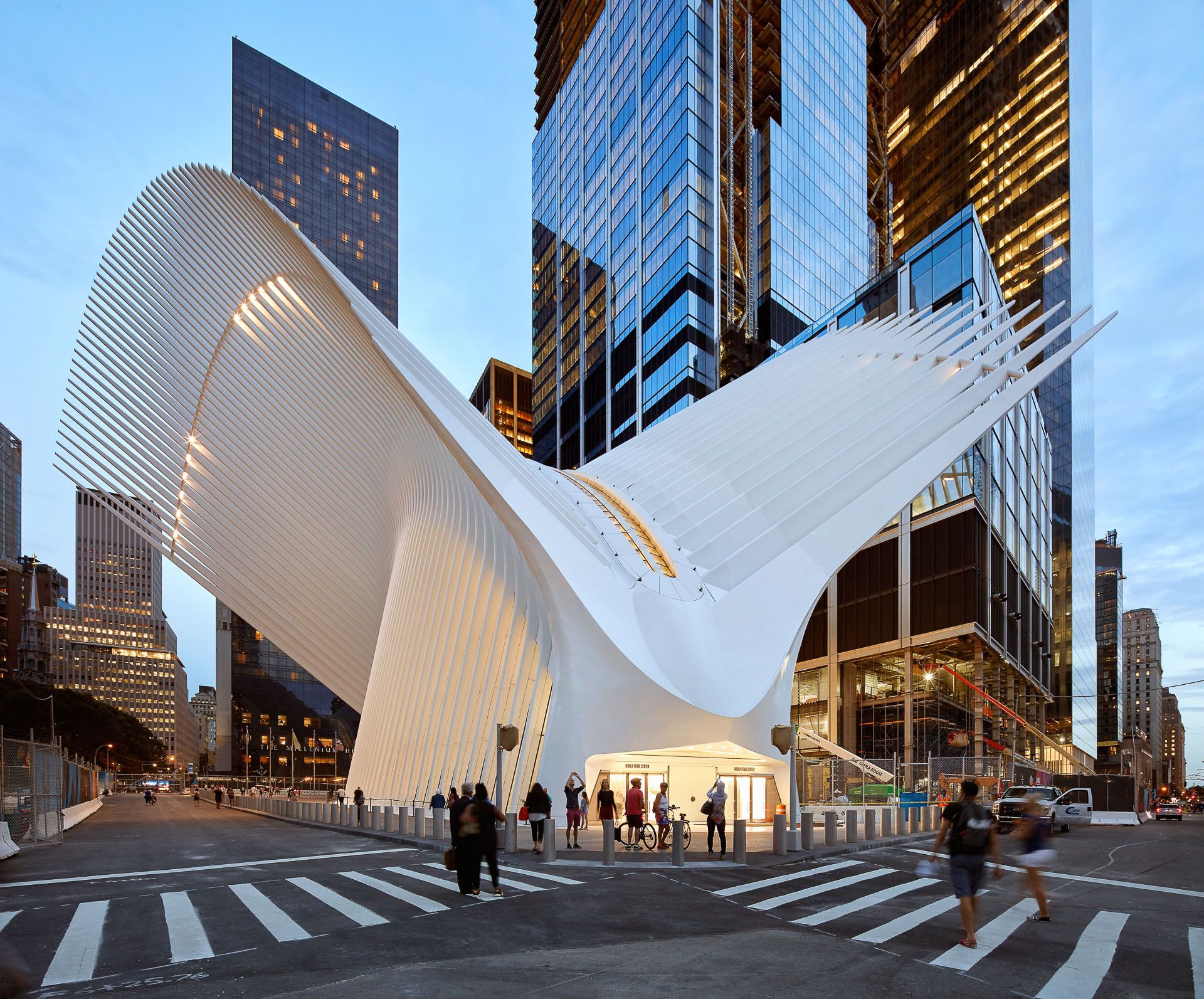
World Trade Centre Transportation Hub by Santiago Calatrava (Source: https://calatrava.com/)
The power of computer-aided modelling methodologies has allowed manipulating the algorithms to create complex geometries. Going forward, we will see fewer monotonous and homogenous designs as parametric modelling and other computational methodologies have given us the power to bring into form our creative imaginations. It also allows us to study nature to understand organic forms and create biomimetic designs.
Is this capability what draws many designers to parametric design? To an extent, yes. But the time-saving capabilities of parametric modelling to create 3D models that are also error-free, no matter the complexity, have also significantly contributed to its popularity.
Parametric modelling can produce complex geometries with both accuracy and efficiency. One modification can change a model substantially as the consequent parameters will be modified automatically. As there is no need to change each of them individually, human input becomes minimal, and so fewer human errors.
We can also automate repetitive tasks, thus saving time on unnecessary tedious tasks and allowing designers to focus on more important ones. Moreover, once you have complete control of the algorithms, you will be able to produce numerous design options responding to relevant parameters. it allows architects and designers to choose the optimized design that resonates with the design intent.
Direct Modelling
The best benefit of direct modelling is that it is more intuitive, and so more flexible than parametric modelling. It creates and manipulates geometry directly rather than parameters and features. So we can merely push and pull a line, a point or a surface until we get the desired form.
As such, it gives the designers ease and flexibility to play around with the 3D model as creative as they can get. It also allows rapid iteration and alterations in case of any errors. It is time-saving in that we can easily transform the model and create variations in just a few simple steps.
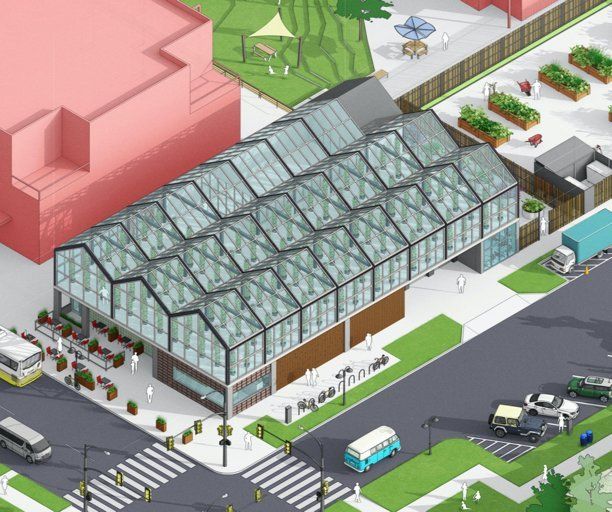
Greenhouse Design model (Source: https://cadsoftsolutions.co.uk/)
Focusing on simple push and pull features, the process is also easy to learn and master and is used by both newbies and experienced designers alike. The learning curve is much less steep, so even students can master it easily. That is why Sketchup is one of the most popular direct modelling software today, learnt by design and architecture students early in their academic years.
The Stumbling Blocks
Parametric Modelling
Parametric modelling tools are quite different from most computer-aided design tools. It takes a systematic and mathematical approach to model, so it is vital to understand the basics before you can even begin modelling. Therefore it becomes a complete upskilling to new parametric modelling software and techniques.
It is perhaps the most common reason why designers do not want to take up parametric modelling. After all, all the programming and sequences look scary! Because it will be unlike direct modelling, which most designers are familiar with from day one, the learning curve is steeper. You need much longer time and effort to truly understand and master the parametric modelling software, but you will surely reap the benefits later.
Furthermore, a parametric model is created using algorithms instead of the designer manipulating the 3D model directly. Using algorithms can give different design options but the designs created are done by the algorithms, or the computer, while the user has less control over the design directly. We should also remember that a change in a parameter can affect many more, hence less flexibility for modifications.
Direct Modelling
The push-and-pull feature may be easy to use, but it is more prone to human errors. A user can change the dimensions directly instead of the geometry, but it means changing each dimension separately. One mistake, and we will be dealing with unclosed loops and corners.
Additionally, direct modelling offers little for design automation. Creating families and components may allow certain model parts repeated, but the process is more manual than parametric modelling. In this case, it becomes time-consuming to produce different design options at once.
Which one should you choose?
Thanks to the advance in technology, we can now choose between different 3D modelling options. However, Direct Modelling vs Parametric modelling has become a common dilemma for many architects and designers, especially those new to the industry. Both are prominent in the design industry with respective benefits and limitations on which the choice of the designer will depend.
If you are looking for fast creation, direct modelling may be more suitable. For more complex and organic design, parametric modelling has an upper hand with fast and accurate processes.
Parametric modelling tools began with scripting by writing codes in the interface. Now the times have changed, and we can create parametric models without having the knowledge of code writing. So it is not as complicated as people made it to be!
Master parametric modelling with Novatr’s Parametric Modelling Certification Course taught by design industry experts using industry-relevant design thinking processes and tools.

Join 100,000 designers who read us every month
